The 20 Most Beautiful Perennial Flowers to Plant in Your Garden
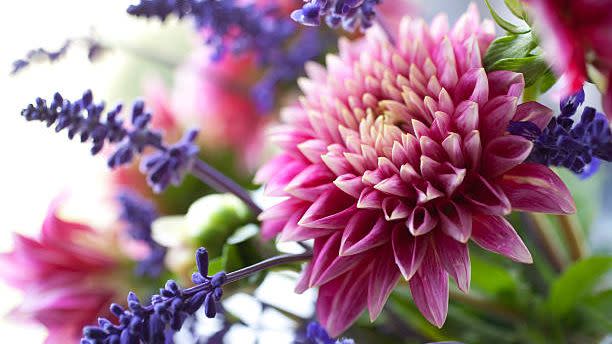
"Hearst Magazines and Yahoo may earn commission or revenue on some items through these links."
Your garden should be a reflection of what you love. Whether you have a rambling back yard or a few pots on the patio, your garden is a personal work of art. By using many different kinds of plants and combining colors, shapes, and textures in a way that’s pleasing to you, you’ll create an oasis that reflects your personal style.
The best way to make your garden shine is to include both annuals and perennials in your planting plan. Perennials are plants that return for many years. They typically have a short bloom time, ranging from a week or two to a few months. But by mixing and matching them with annuals, which live only one season, you’ll create a garden that’s in bloom the entire growing season. Some perennials also have interesting textures, such as seedpods, which can remain to add winter interest to the garden.
When selecting perennials, make sure you choose those that can survive winters in your USDA Hardiness zone (find yours here). Then look around your garden to find the ideal location: Full sun means about 6 or more hours of direct sunlight, while part sun is about half that. Don’t try to cheat Nature! Plants that need sun won’t flower well in shady conditions, and shade lovers will fry in the hot sun.
Although we can’t include every beautiful perennial, ahead are the some of the loveliest, most reliable perennials to add seasonal beauty and color to your garden for years to come:
Gardens are works of art. Whether you have a rambling backyard or a few containers on the patio, your garden should be a reflection of what you love. By using many different kinds of beautiful flowers, shrubs and trees, and combining colors, shapes, and textures in a way that’s pleasing to you, you’ll create an oasis that reflects your personal style.
The best way to make your garden shine is to include both annuals and perennials in your planting plan. Perennials are plants that return for many years. They typically have a short bloom time, ranging from a week or two to a few months. But by mixing and matching them with annuals, which live only one season, you’ll create a garden with constant color and interest.
When selecting perennials, make sure you choose those that can survive winters in your USDA Hardiness zone (find yours here). Then find the ideal planting location: Full sun means about 6 or more hours of direct sunlight, while part sun is about half that. Don’t try to cheat nature! Plants that need sun won’t flower well in shady conditions, and shade lovers will fry in the hot sun.
Although we can’t include every beautiful perennial flower or plant, ahead are the some of the loveliest, most reliable plants to add seasonal beauty and color to your garden for years to come.
Lenten Rose
These stunning flowers bloom in mid to late winter, often around the time of Lent when snow still is on the ground. Lenten roses, also called hellebores, may seem fragile, but their toughness is legendary. They have evergreen foliage and need mostly shade, though they’ll take morning sun.
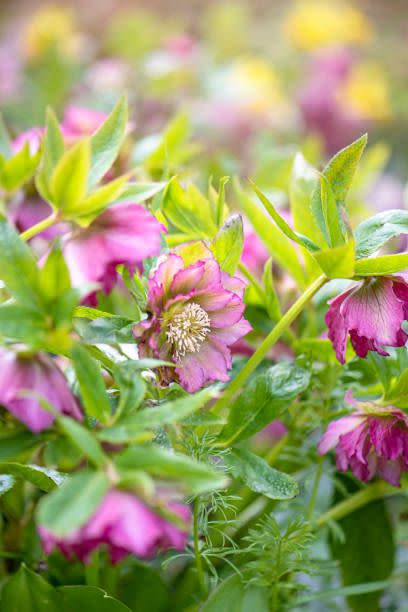
Peony
Peonies can live for decades, so they’re a worthwhile investment for your perennial garden. These lush flowers bloom in late spring. Many have intense fragrances, and they’re available in many colors and forms. The ants that visit the flowers aren’t pests; they’re just sipping the nectar. Peonies need full sun.
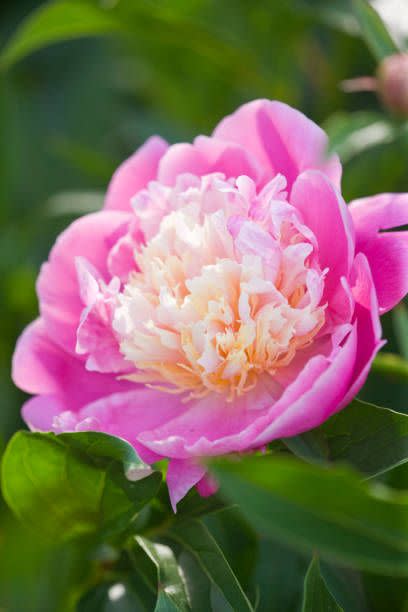
Penstemon
Penstemon, also called beardtongue, is a sturdy, sun-loving summer bloomer. This drought-tolerant and deer-resistant plant is ideal for all types of gardens. The foliage may be deep green or burgundy, while the deep-throated pink flowers are magnets for butterflies and hummingbirds.
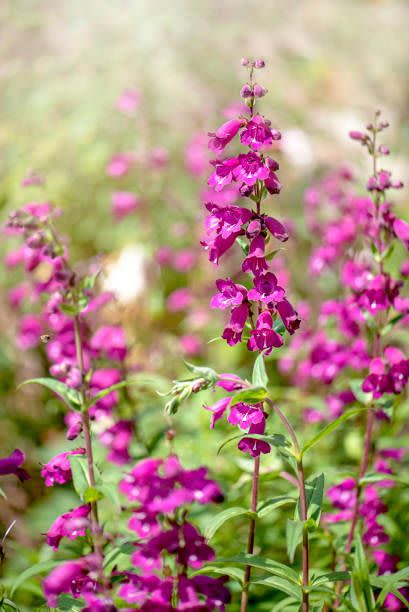
Lavender
There are several different kinds of lavender, suited for different conditions: English lavender (Lavandula angustifolia) is the most common, but you’ll also see lavandin, a hybrid that’s less fussy. Spanish lavender has “bunny ear” tufts on its flower spikes, but it’s not as cold-hardy as other types. Make sure to read the tag to find one that’s suited to your USDA hardiness zone. Lavender needs full sun and good drainage.
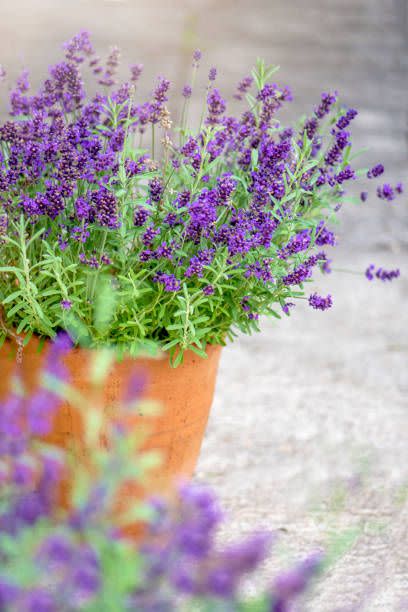
Coral Bells
Coral bells, also called heuchera, have skyrocketed in popularity in recent years with many new cultivars, or cultivated varieties, introduced. Grown mostly for its striking, ruffled foliage, which comes in every color from lime green to bright plum, coral bells send up delicate flower spikes, which hummingbirds love, during the summer. Coral bells like sun or shade, though they prefer afternoon shade in hot climates.
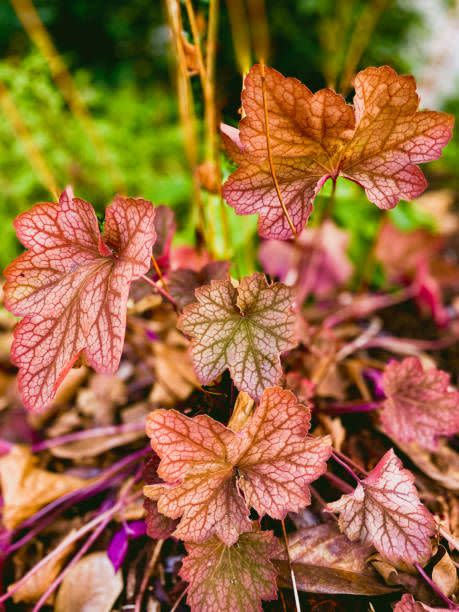
Dahlia
Dahlias are so perfect that they don’t even look real! They’re available in an array of types, sizes, and colors. Their forms range from tiny ball-shaped blooms to flowers the size of a dinner plate. They’re also long-lived in the vase. In northern gardens, you’ll need to dig up and save the tubers after the first frost kills the foliage, then replant in the spring. Dahlias need full sun.

Balloon Flower
Adorable little buds, which resemble tiny balloons, open into long-lasting star-shaped flowers in mid-summer. The flowers are a deep blue or pale pink. Best of all, deer usually leave them alone. Give balloon flowers full sun.
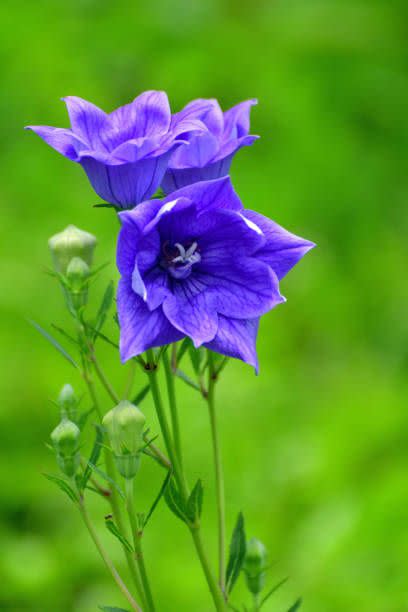
Japanese Anemone
These charming perennials provide late season color that lasts well into fall. Also called windflower, they have a delicate beauty, with a profuse number of pink or white blooms nodding on long stems atop its mounded foliage.
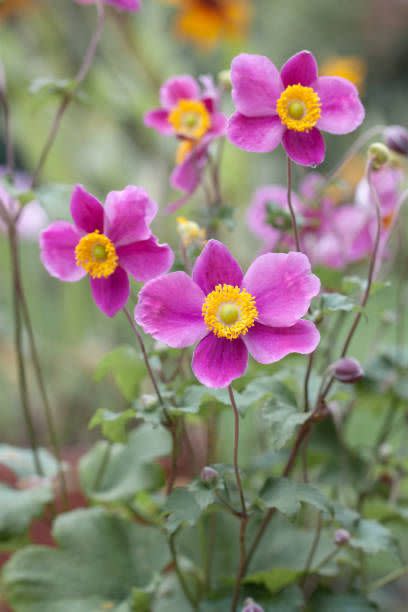
Cranesbill
Cranesbill, or perennial geraniums, are tough plants that tolerate poor soil and extreme cold. Their attractive foliage has a spicy scent, which repels hungry rabbits. Dainty flowers top the foliage in early summer, though newer types bloom all season. Cranesbill prefers full sun but also does fine in some shade.
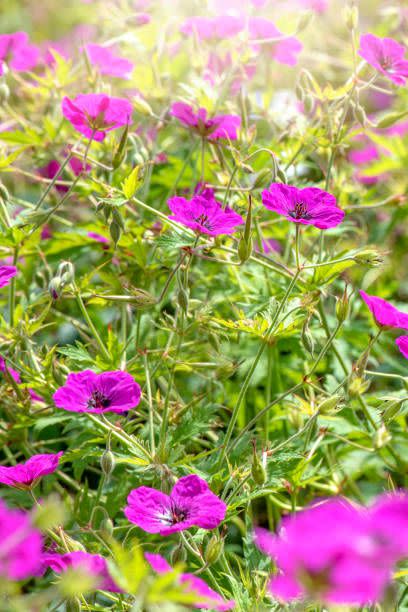
Papaver
Papaver, or Oriental poppies, have papery blooms that appear in spring through early summer. Plant the roots in fall for blooms the next year; there also are annual types which often reseed themselves freely. Butterflies love papaver blooms! Poppies need full sun.
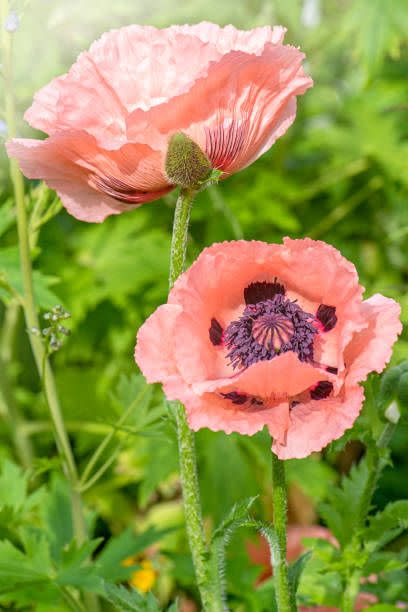
Lungwort
It might not be the loveliest name, but lungwort is a pretty perennial for shade gardens. It has silvery spots and charming purple-pink flowers in early spring. The plant, also called pulmonaria, earned its name because it was once thought to treat breathing disorders.
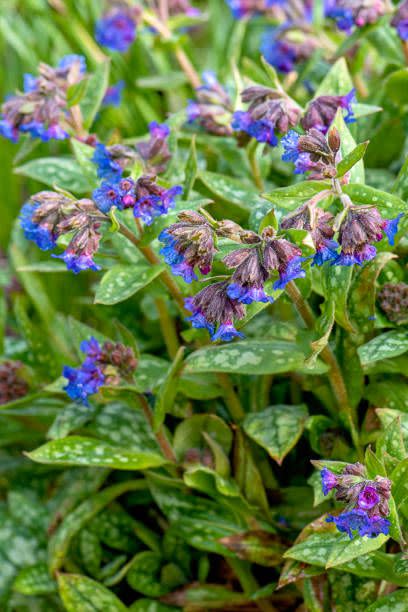
Salvia
Salvia is a hardy perennial that has spikes of purple, pink or white flowers atop mounded foliage. These summer bloomers, which attract pollinators, are sturdy and trouble-free, so they’re a must-have in any sunny garden.
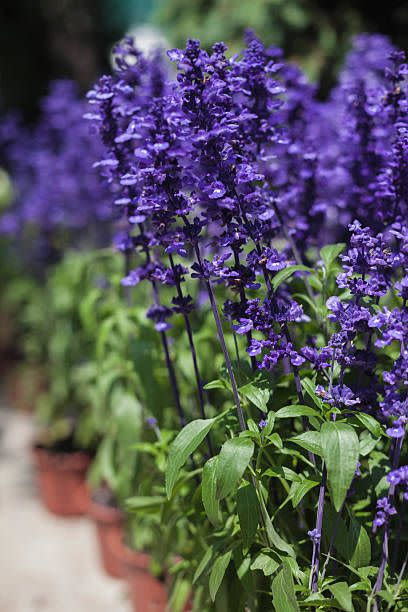
Coneflower
With vibrant colors in shades ranging from magenta to coral to hot pink, coneflowers are reliable performers. They come in heights from 12 to 36 inches tall, so read the tag to know what you’re buying to determine where to place them in your beds and borders so they don’t overwhelm shorter plants. They need full sun to flower best.
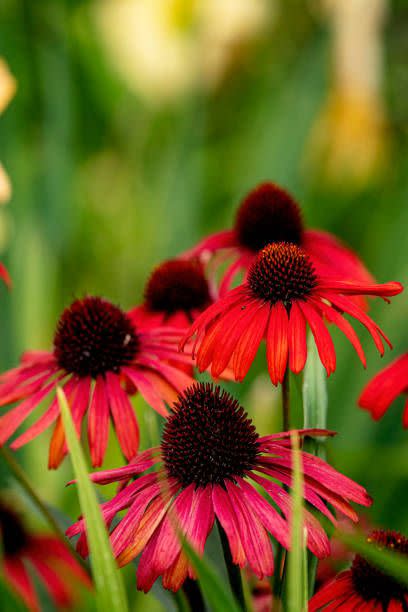
Bearded Irises
Bearded irises have an elongated tuft of hairs that rather resemble tiny beards. With more than 70,000 registered varieties, these pretty flowers with their sword-shaped foliage can be planted across almost the entire U.S., except some regions in the hottest parts of the south. Irises prefer full sun.
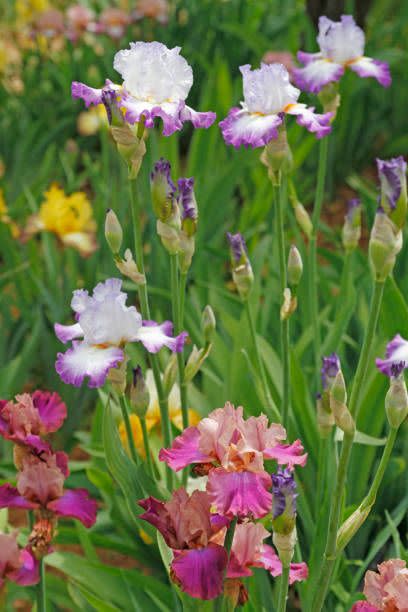
Ranunculus
Ranunculus have exquisite, papery blooms in every color you can imagine. They’re especially lovely as cut flowers. Bulbs should be planted in spring or fall, depending on where you live, and will need to be dug up in cold climates and replanted in the spring. They need full sun.
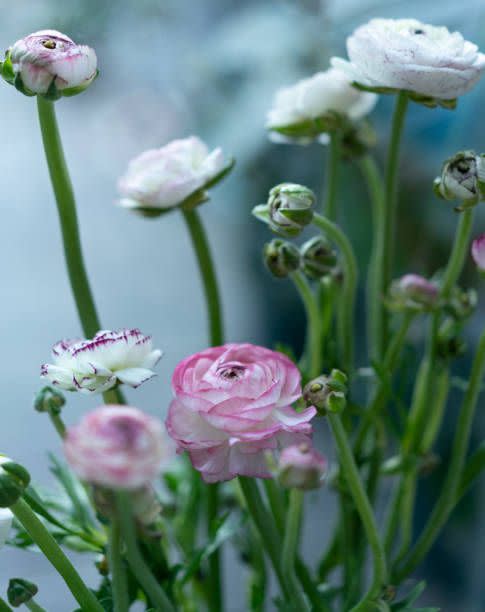
Coreopsis
Coreopsis is an easygoing perennial that blooms from summer throughout fall. These tough plants can handle heat, humidity, and drought; attract pollinators; and make beautiful cut flowers. They are hardy to zones 3 through 9 and grow typically around 36 inches tall.
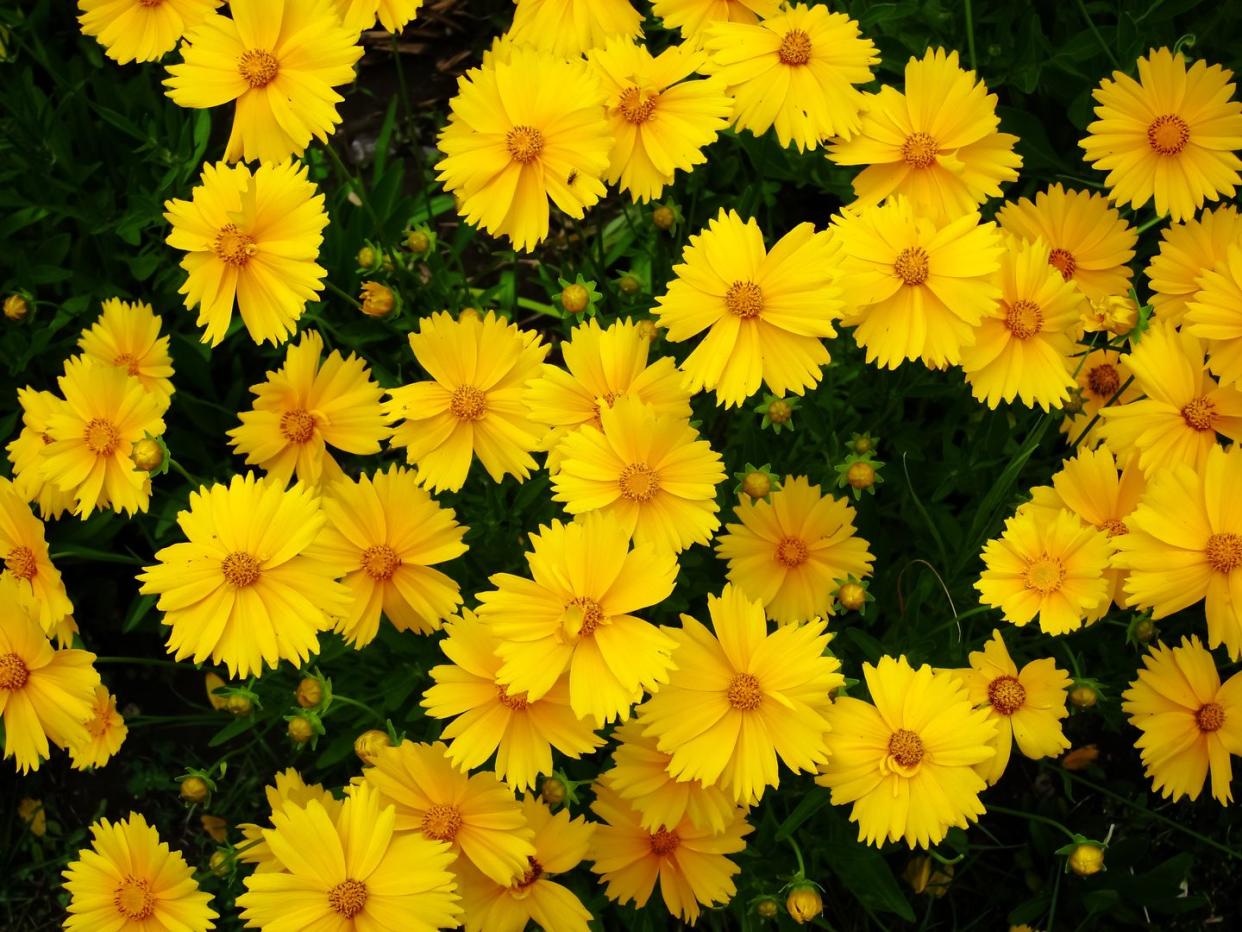
Catmint
Low-maintenance catmint shows off spikes of vibrant purple blooms during the spring and summer; throughout fall and winter, it colors beds with its attractive gray-green foliage. It attracts not only pollinators but also cats (they go wild for a chemical found in the plant, and it’s non-toxic in small doses). We’d plant catmint in full sun to part shade lining a garden pathway.
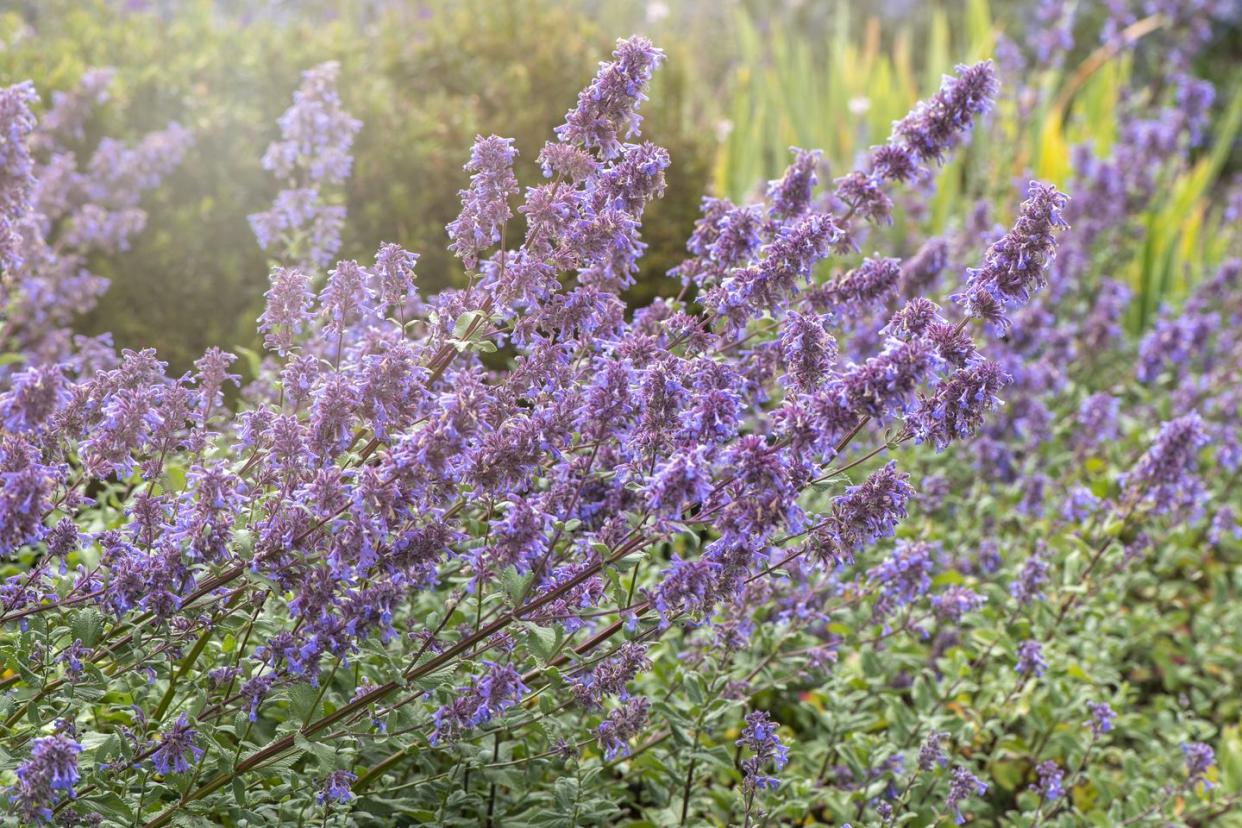
Yarrow
Yarrow is an easy-to-grow perennial beloved by butterflies. Plant after spring’s last frost for yellow, pink, white, or red flowers that bloom throughout summer and are excellent for cut arrangements. Drought- and pest-resistant, yarrow thrives in zones 3 through 9 in full sun and well-drained soil.
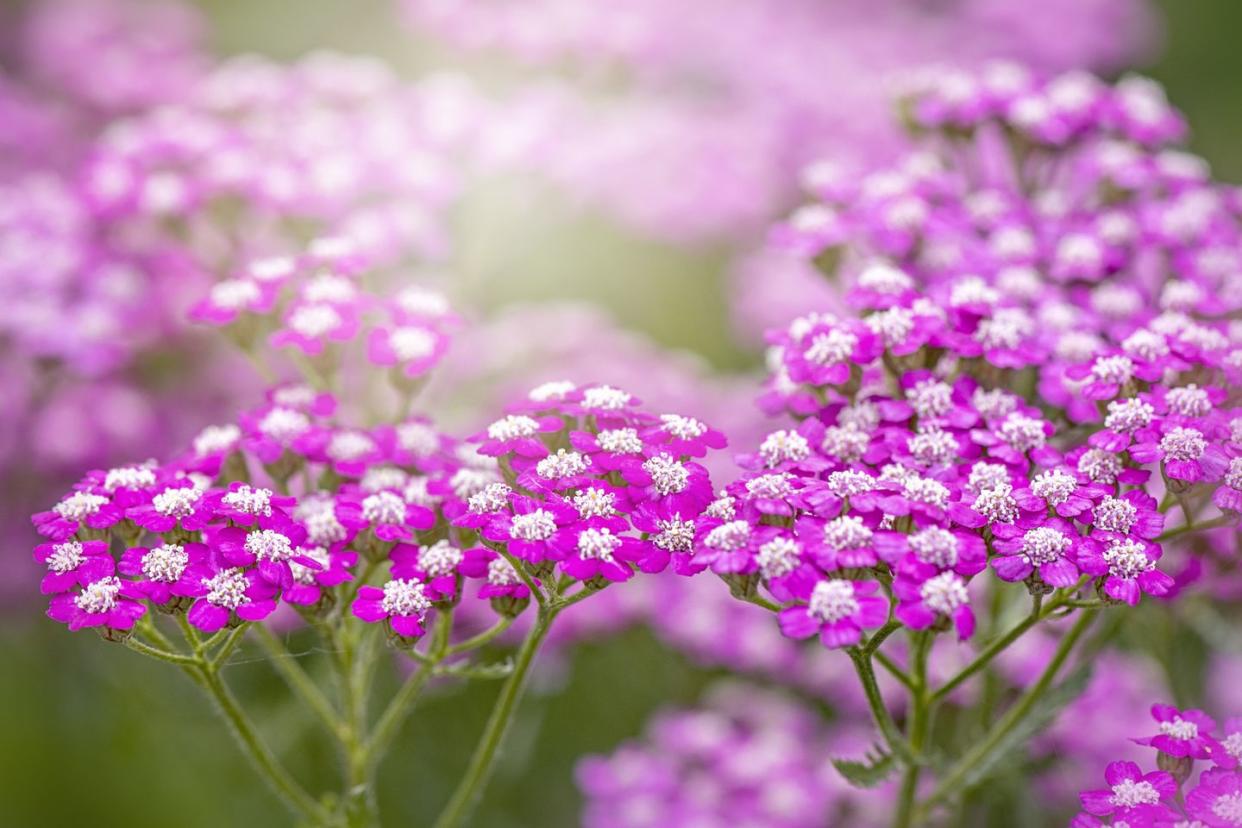
Phlox
Consider low-growing phlox the carpet of perennial beds. Their star-shaped flowers are enticing to pollinators, while deer and other animals won’t show any interest. Phlox grows best in zones 3 through 9 and in full sun to part shade (depending on the variety). These spring-flowering plants prefer to be planted after the last frost.

Bee balm
Bring butterflies, hummingbirds, and bees into your garden with fragrant bee balm. They can’t get enough of this summer-flowering plant’s sweet nectar. It’s hardy in zones 4 through 9, grows between two and four feet tall, and performs best in full sun. Deadheading the pink, purple, red, and white blooms will keep them looking their best through late summer.
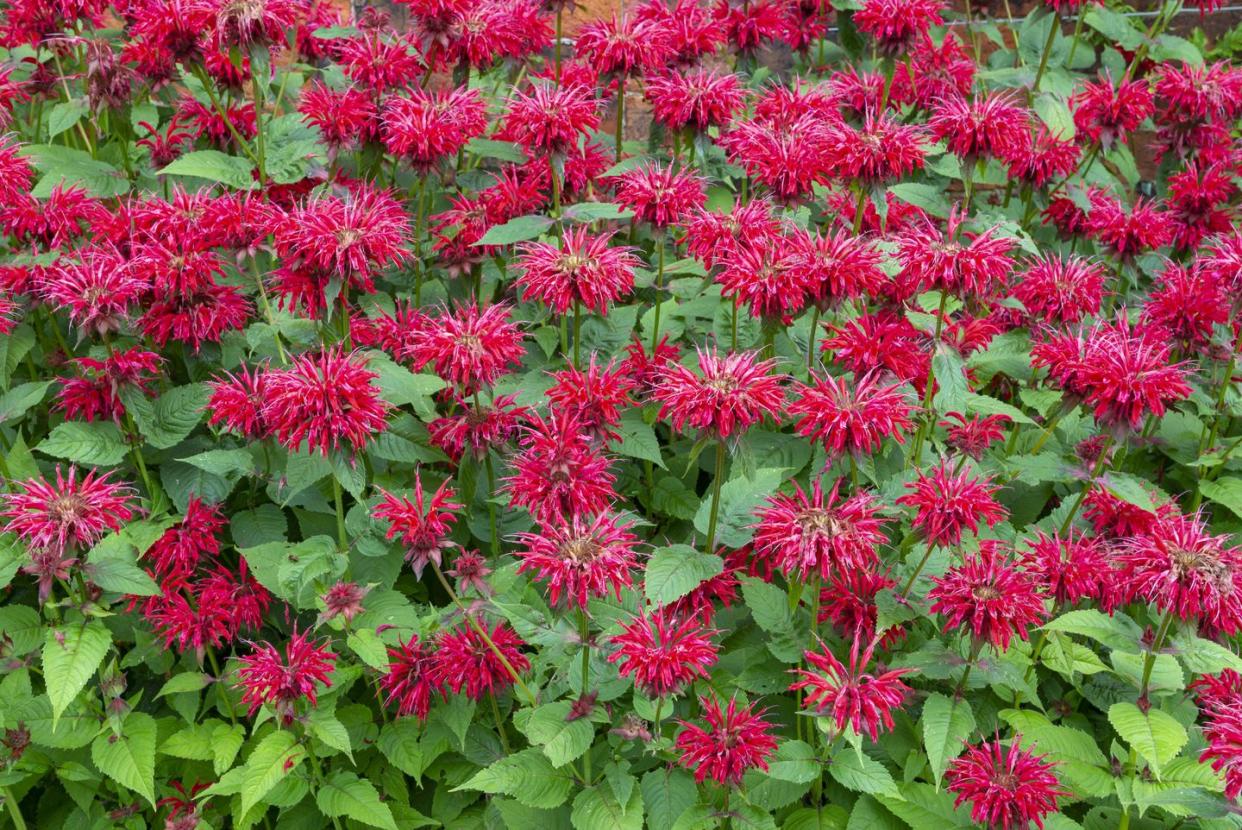
You Might Also Like
